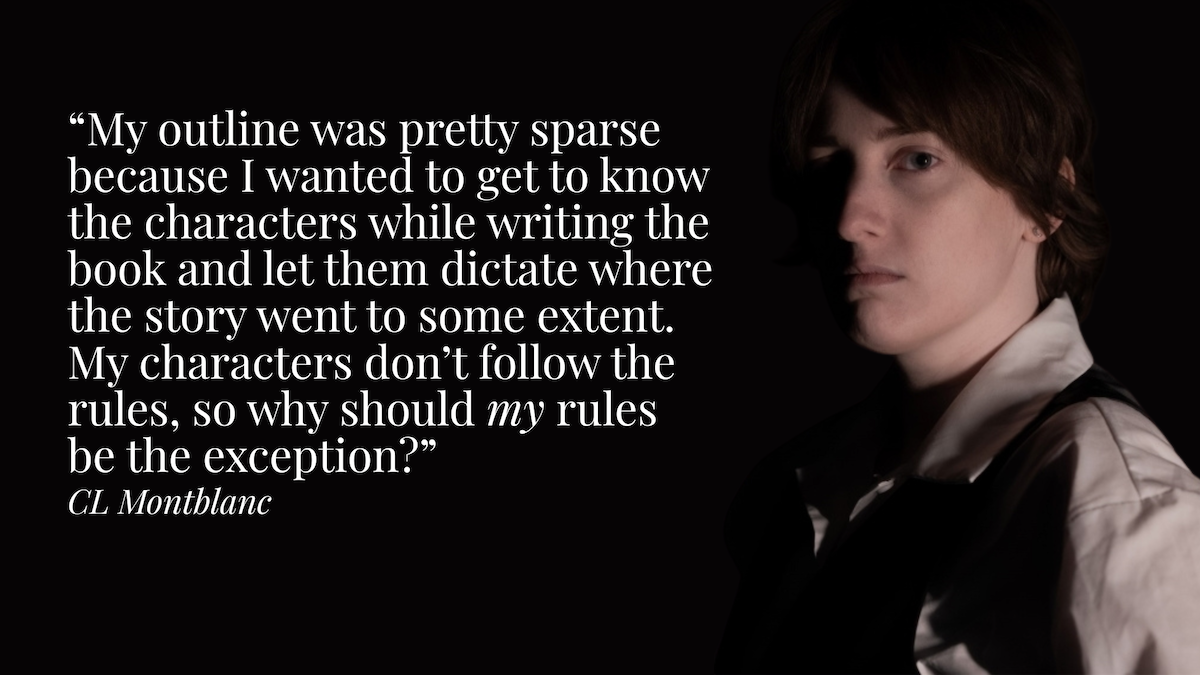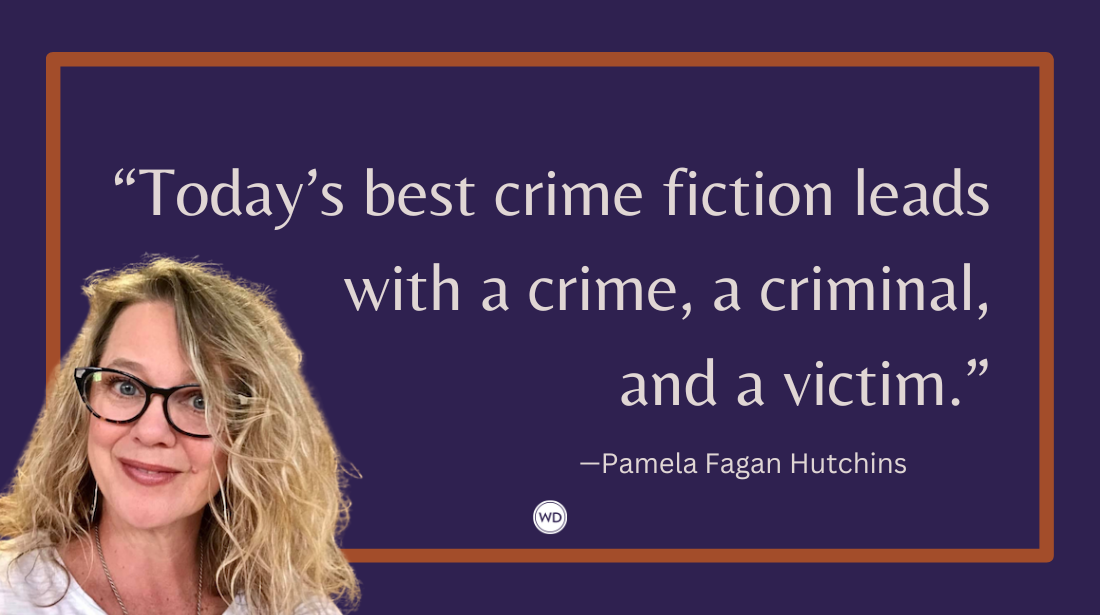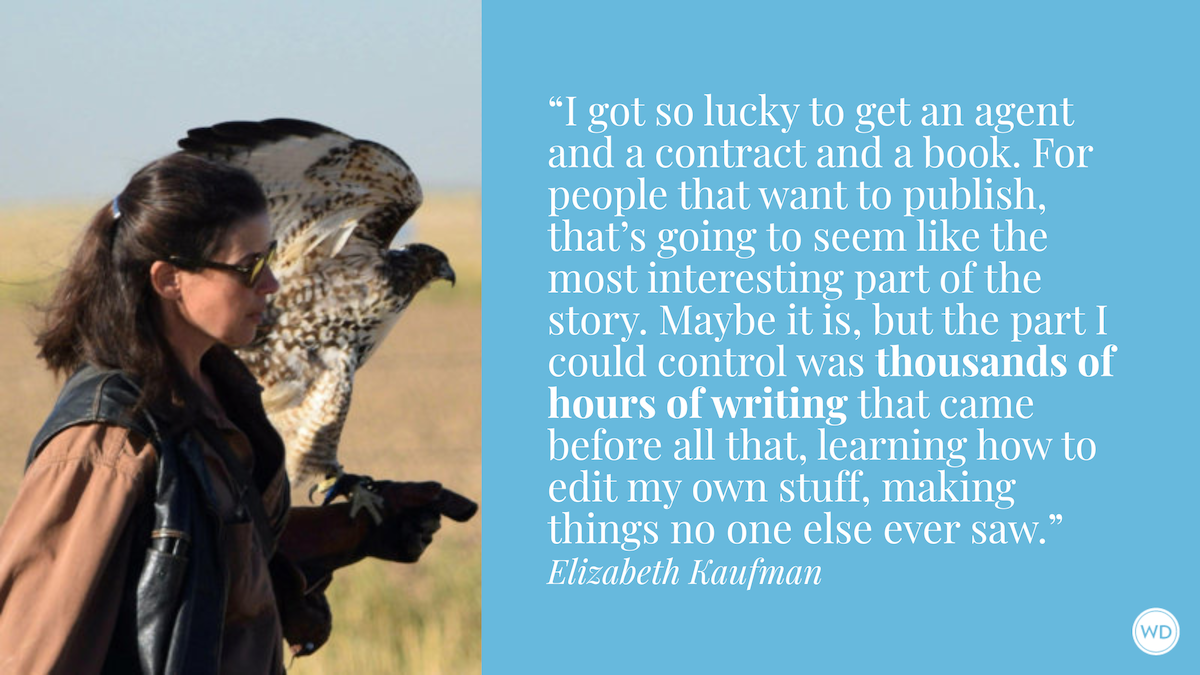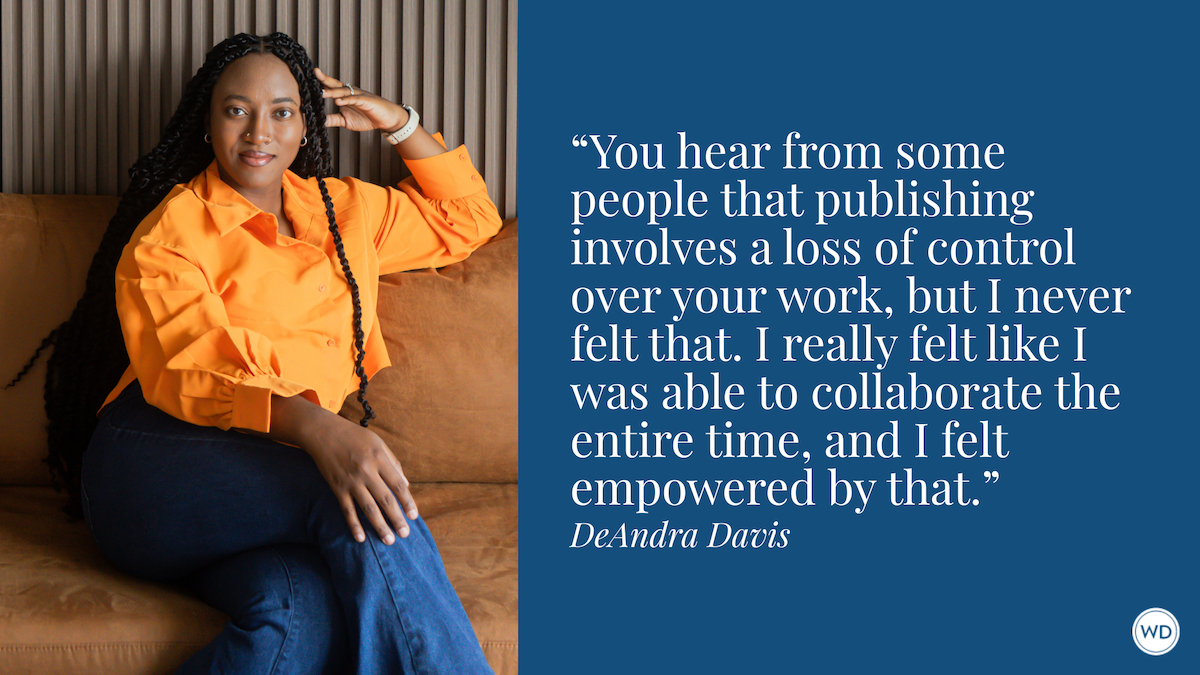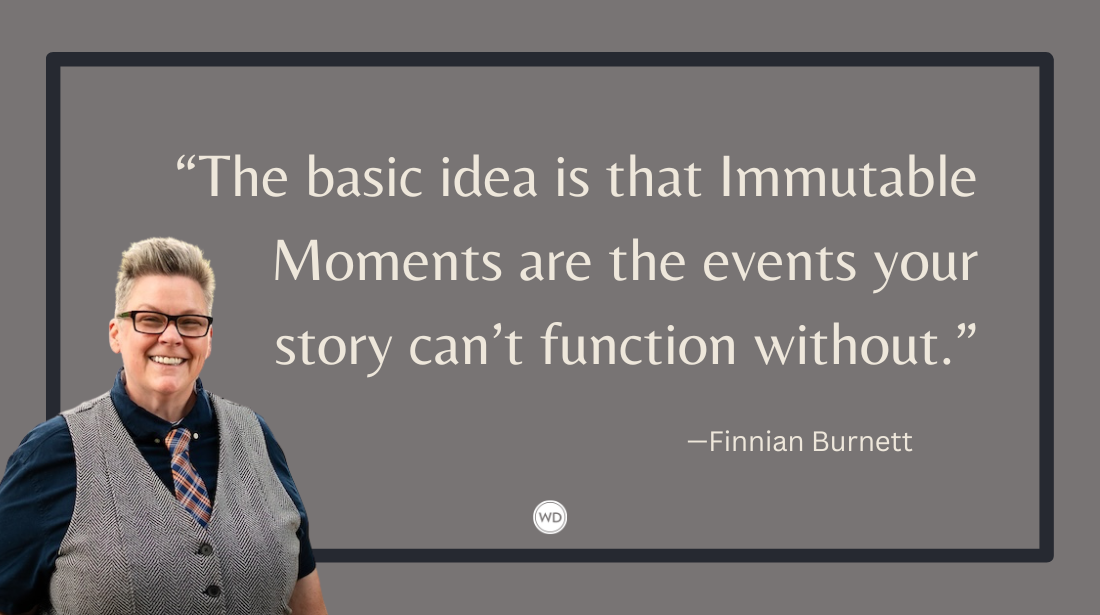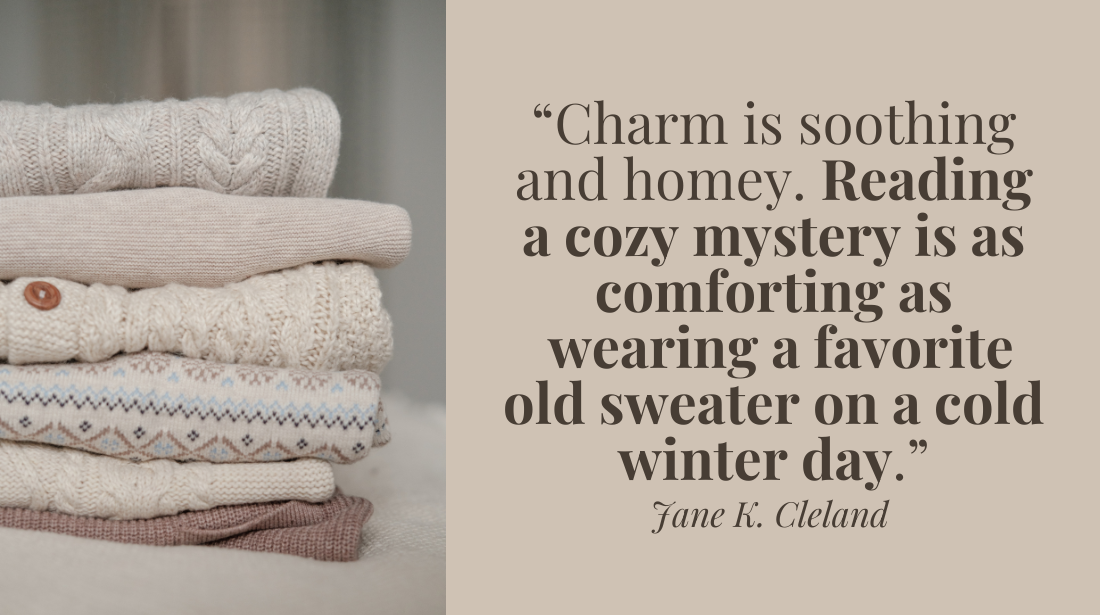How to Write From the Opposite Gender’s Point Of View
Every fiction writer has to write across gender lines. I should know. I’m a fantasy / science fiction writer, and though my stories are populated with vampires, robots, and space…
Every fiction writer has to write across gender lines. I should know. I’m a fantasy / science fiction writer, and though my stories are populated with vampires, robots, and space squids, there tend to be more than a few humans in the mix. Many of those humans end up being women. Unless you’re planning on setting all your fiction on distant unisex space colonies or post-gender apocalypse worlds, you’re going to have to write characters that don’t share your gender.
This guest post is by A. Lee Martinez. Martinez was born in El Paso, Texas. At the age of eighteen, for no apparent reason, he started writing novels. Thirteen short years (and a little over a dozen manuscripts) later, his first novel, Gil's All Fright Diner was published. Since then he has published eleven additional novels, including his latest, The Last Adventure of Constance Verity. His hobbies include juggling, games of all sorts, and astral projecting. Also, he likes to sing along with the radio when he's in the car by himself.
Visit him at aleemartinez.com and on Twitter @ALeeMartinez.
Like any character outside of our own direct experience, it might seem tricky at first. It doesn’t help that men and women are conditioned to view each other as an alien species. Men are from Mars…you know the rest. This is probably because of my own genre, but I’ve always found that attitude strange. After decades of writing about weird creatures and strange beings, I’ve come to the startling conclusion: there is nothing in this universe so similar to a man as a woman and vice versa.
It’s our sameness that makes it perilous to write across gender. If I center a story on a talking gorilla, readers will generally be accepting of whatever interpretation I bring. When I write about a woman, there’s always the risk that it might come across as insincere or flat. To get around that, I always consider the following questions. I ask them about every character in the story, but especially apply them when writing across gender.
IS THIS CHARACTER OBJECTIFIED?
Objectification is more than reducing a person to an object of sexual desire. It’s reducing a character to a type of otherness. For female characters, it’s often reduction to a prize to be won, a damsel to be imperiled, or an especially vulnerable victim to prove the villain’s depravity. For male characters, it’s usually forcing them into flat machismo or clueless clods.
This isn’t strictly a problem across gender. Many supporting characters end up falling into this trap. Using character shorthand is fine for minor characters just passing through a scene. If Random Office Worker X is a uptight old lady and Unnamed Construction Worker Y is a insipid sexist pig, you can usually get away with it. I still try to avoid reducing all but the most minor characters to such simple classifications. It’s easy, but also lazy. It doesn’t take much to give a character some personality beyond a cliché. A single line of distinguishing dialogue or an unexpected description can give even the most minor character some sense of uniqueness.
This can become a gender issue because it’s all too easy to see those different from us as a monolithic single model, but men and women aren’t cranked out of assembly line factories. Which brings up the second question.
IS GENDER BEING SUBSTITUTED FOR PERSONALITY?
Even if you believe that men and women are fundamentally different (I don’t, but you might), you still have to admit that there is tremendous variation within the groups. You should never write a character with the thought that “Men do this” or “Women do that”. Your character is more than simply a woman or a man. Their lives, their dreams, their goals, their problems were all shaped by factors beyond gender.
Men can be timid, fastidious, cautious, polite. Women can be charismatic, sloppy, fearless, rude. It’s not necessary to imbue your characters with some obvious contradiction, but if you don’t think about it, you’ll often find your characters, especially across the gender divide, coming out as a series of expectations rather than a genuinely interesting person. There’s a flip side to this question though.
AM I TRYING TOO HARD TO SUBVERT EXPECTATIONS?
For better or worse, most characters come from a cultural background. Nearly every culture has imposed expectations on gender behavior, and while it’s great to subvert those expectations, it can also be unnecessary. If you constantly ignore those expectations, it can become a little strange. If all your women are tough as nails and all your men timid wallflowers, you run the risk of simply creating an alternate universe where stereotypes have been reversed. That sort of bizzaro world doesn’t usually work.
Don’t be afraid to create characters that fall within expectations as long as you’re doing it with intent. You don’t need to stress over every gender stereotype. If you imbue your characters with enough life then if two or three show up that don’t challenge anything they won’t draw much attention. Which leads to my final question.
DO I CARE ABOUT THIS CHARACTER?
Every character lives or dies by the care the writer puts into them. If you care about those characters across the gender divide, if you take the time to imbue them with personality, then you’re probably doing it right.
When a writer cares, it shows. When writing characters of a different gender, so long as you avoid thinking of them as pre-packaged cardboard cutouts, you’ll do fine. It’s not the stereotypes readers hate. Not usually. It’s the flatness of the stereotype. It’s the hollowness of a character that doesn’t exist beyond a handful of easy checkmarks.
Never forget that your characters, even when different than you, share common ground. They have hopes and dreams, fears and ambitions. The gulf between genders might seem like a challenge, but it’s mostly an illusion.
Create real characters.
The rest will take care of itself.
Other writing/publishing articles & links for you:
- How long should novel chapters be? Click here to find out.
- You started a blog -- now what? Here's how to get people to read your posts.
- How to pitch agents at a writers' conference.
- Understanding Book Contracts: Learn what’s negotiable and what’s not.
- New Agent Alerts: Click here to find agents who are currently seeking writers.
- Download a year's worth of writing prompts right here.
Thanks for visiting The Writer's Dig blog. For more great writing advice, click here.
Brian A. Klems is the editor of this blog, online editor of Writer's Digest and author of the popular gift bookOh Boy, You're Having a Girl: A Dad's Survival Guide to Raising Daughters.
Follow Brian on Twitter: @BrianKlems
Sign up for Brian's free Writer's Digest eNewsletter: WD Newsletter
Listen to Brian on: The Writer's Market Podcast
Brian A. Klems is the former Senior Online Editor of Writer’s Digest, and author of Oh Boy, You’re Having a Girl (Adams Media/Simon & Schuster). Follow him on Twitter @BrianKlems.



